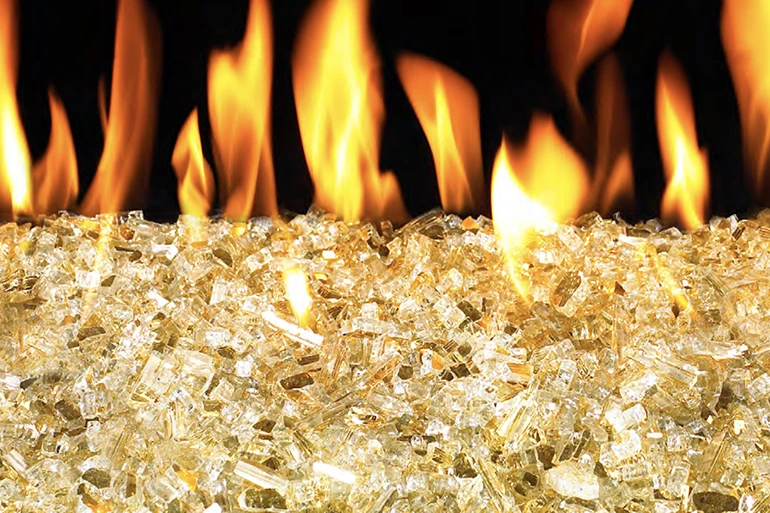Fire Glass Buyer's Guide
Turn the focal point of your home into a dazzling display with fire glass. The colors, shapes, sizes all come together to give your home a contemporary vibe that will turn heads. Because of the massive amount of choice you have in fire glass, the potential aesthetic beauty you can bring to the home is endless. All those choices have a downside, however. It can be a pain to know what's what and how to use your fire glass properly. That's where this article comes in.
What is Fire Glass?
A bag of fire glass is small bits of tempered and colored glass made to go into your fireplace or fire pit. Many times fire glass comes from recycled glass. The conventional way manufactures make Fire glass is to create a tempered pane of dyed glass that is 1/2, 3/4, or 1/4 inches thick, polish it with a high-temperature laminate, then break it. The bits go into a machine that smooths out the edges. Since this is tempered glass, it will not soot, pop, or stink like regular glass. The high-temperature laminate gives the glass a reflective quality that withstands the heat and radiates warmth out to you.


